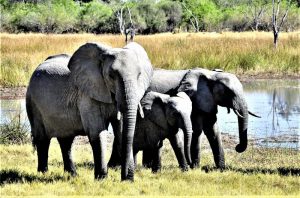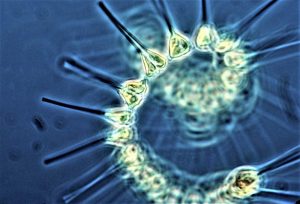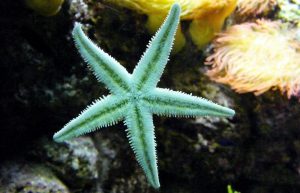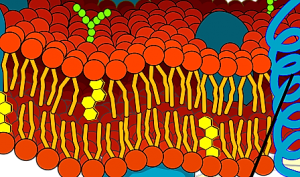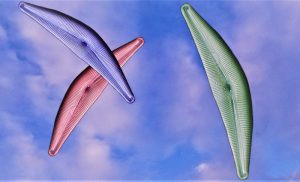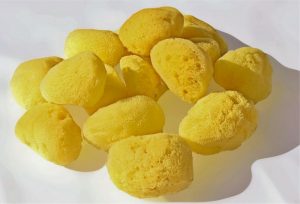Ecosystem
An ecosystem is a unit that includes all living beings: plants, animals, organisms and non-living elements that exist within a given area, interacting with each other, and that also interact with non-living environments such as climate, earth, sun, soil, climate and atmosphere. Ecosystems are the basis of the Biosphere and determine the health of the entire earth system. In an ecosystem, each part and organism that is part of it, plays an important and crucial role for the adequate development of human and animal life.
What is an ecosystem?
An ecosystem is a community formed by all the biotic and abiotic factors that are located in a place, and that are related to each other playing an important and vital role within it.
How an ecosystem is formed
Ecosystems are formed by:
- Abiotic components: this group includes all kinds of products that have no life, such as climate, geological and geographical factors, among which we can mention minerals, climate, soil, water, rocks, sunlight and all other non-living elements. It also includes chemical factors, such as water and air quantity, soil nutrient concentration, toxic substances, ocean salinity and oxygen in the atmosphere.
- Biotic components: consist of all the living members that we can find in the environment, such as animals, plants, fungi and bacteria, this means all the flora and fauna of a place and their different interactions.
How an ecosystem works
For an ecosystem to exist and function properly, plant and animal life must be present. To do this, sun energy is necessary to sustain, support and give life to the entire ecosystem. Plants use sun’s energy to initiate energy transfer between living organisms. Plants synthesize food for the entire ecosystem through photosynthesis, and for this, it needs sunlight.
Photosynthesis refers to the process of energy production by plants. Animals, particularly herbivores and omnivores that feed on both plants and animals, consume this chemical compound by eating the leaves of plants, fruits, seeds, roots or other edible parts. Carnivores, on the other hand, are animals that are adapted to eat only meat, so they need to eat other animals in order to survive. When carnivores consume another animal, the matter and energy derived from it are converted back into energy through a continuous consumption process, and in this way, matter and energy are transferred from one living being to another until a high-level predator completes the transfer. The processes in the ecosystem could not be completed without the materials cycle and energy synthesized by plants, so both plants and animals die and become organic matter by the action of decomposers. Decomposers are those small organisms that act on non-living organic material to break it down into simpler components: nutrients, which return to the soil for plants to use and the cycle is repeated again and again.
Ecosystem characteristics
Some characteristics that represent the ecosystem are:
- The food hierarchy includes an energy source, the sun, producers, consumers, decomposers and non-living chemicals such as minerals and other elements.
- They are made up of regions, fauna and flora.
- The type of food is varied and shapes the food chain.
- There is a constant transmission of energy.
- The living beings of the ecosystem adapt to the climate and the environment that surrounds them.
- Ecosystems have patterns of temperature and precipitation
- The organisms that live in the ecosystem depend on each other.
Parts
Ecosystems have three different parts:
- The Biotope, which refers to the physical place that is formed by land, air, soil, oxygen, temperature, climate type, amount of precipitation, etc.
- Biocenosis, which involves the set of different living beings and plants that live in a particular place.
- Relationships, which are established between biotypes and biocenosis, so that, defense, reproduction and food chains can exist.
Ecosystem components
- Abiotic components: These are all the elements that have no life, such as water, air, temperature and minerals that make up the soil, the amount of rain that falls on it, be it fresh or salt water, how much sun it receives, or how often it freezes and thaws.
- Producers: Producers are the living organisms in the ecosystem that absorb energy from sunlight and use it to transform carbon dioxide and oxygen into energy. Plants, algae and photosynthetic bacteria are all examples of producers. They make up the largest group of the ecosystem in biomass.
- Consumers: Living organisms that derive their energy from other organisms consumption. They can be herbivores, carnivores and omnivores. They are part of food chains and networks, where the transfer of energy and nutrients can take place.
- Decomposers: Are those that decompose waste material and dead organisms. For example, earthworms, dung beetles and many species of fungi and bacteria. They perform a vital recycling function, returning nutrients incorporated in dead organisms to soil, where plants can recover them again.
Classification
- Aquatic ecosystem: is the one that exists in a water All living organisms depend on each other and their environment for survival. There are two subcategories of aquatic ecosystems: marine and freshwater ecosystems.
- Terrestrial ecosystem: is the one found in terrestrial formations. The main difference between the terrestrial and the aquatic ecosystem is that the aquatic ecosystem has water scarcity compared to the terrestrial one. There are four main types of terrestrial ecosystems: desert, forest, grassland and mountain.
- Human-modified ecosystems: such as urbanized places, crops, etc.
Dynamics
Ecosystem dynamics are based on energy and mineral incorporation by autotrophic organisms, organic matter synthesis from inorganic matter and energy incorporation by photosynthesis, heterotrophic consumption, disintegration by disintegrators and organic and inorganic components transformation into mineral compounds.
Some examples
- Coral reefs: life is found in huge coral structures that form a natural barrier and where small fish, mollusks and crustaceans live.
- Deserts: contain complicated ecosystems full of vegetation and animals adapted to drought and high temperatures.
- Humid tropical rainforests: one of the most important biomes, they are large reservoirs of fauna and flora, and contain many trophic chains of great variety.
How to cite this article?
Briceño V., Gabriela. (2019). Ecosystem. Recovered on 24 February, 2024, de Euston96: https://www.euston96.com/en/ecosystem/
